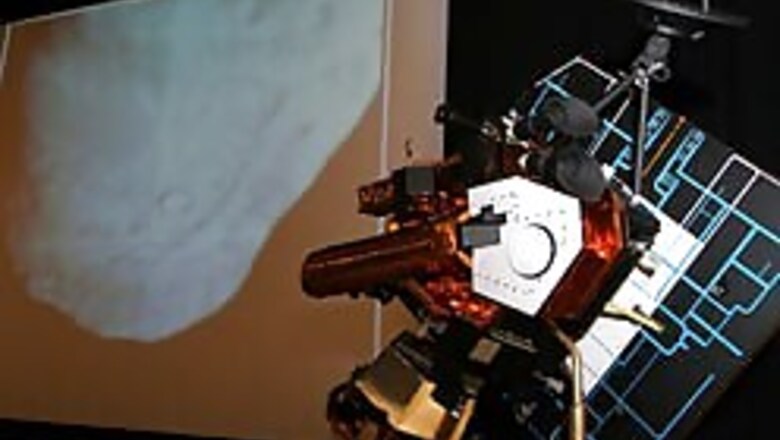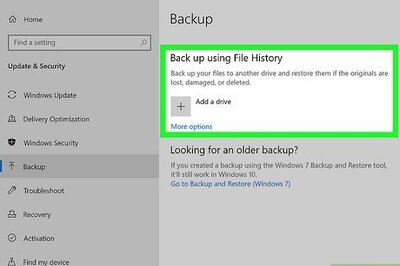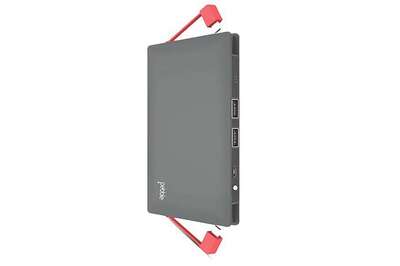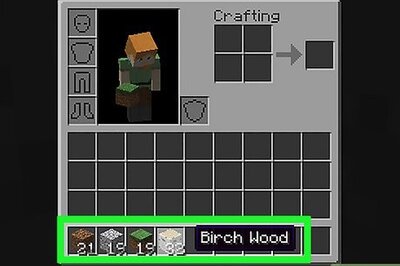
views
Washington: NASA’s Deep Impact spacecraft has begun scouting for alien (exosolar) planets as part of its extended mission, called EPOXI.
Earlier, Deep Impact had made history when the mission team directed an impactor from the spacecraft into comet Tempel 1 on July 4, 2005.
Now, NASA has extended the mission, redirecting the spacecraft for a flyby of comet Hartley 2 on Oct. 11, 2010.
As it cruises toward the comet, Deep Impact will observe five nearby stars with "transiting exosolar planets", so named because the planet transits, or passes in front of, its star.
The planets were discovered earlier and are giant planets with massive atmospheres, like Jupiter in our solar system.
They orbit their stars much closer than Earth does the sun, so they are hot and belong to the class of exosolar planets nicknamed "Hot Jupiters".
However, these giant planets may not be alone. If there are other worlds around these stars, they might also transit the star and be discovered by the spacecraft.
Using a timing technique, Deep Impact can even find planets that don't transit.
"We're on the hunt for planets down to the size of Earth, orbiting some of our closest neighboring stars," said EPOXI Deputy Principal Investigator Dr. Drake Deming of NASA's Goddard Space Flight Center in Greenbelt, Maryland.
More than 200 exosolar planets have been discovered to date. Most of these are detected indirectly, by the gravitational pull they exert on their parent star.
According to Deming, "When the planet appears next to its star, your telescope captures their combined light. When the planet passes behind its star, your telescope only sees light from the star. By subtracting light from just the star from the combined light, you are left with light from the planet."
"We can analyse this light to discover what the atmospheres of these planets are like," he explained.




















Comments
0 comment